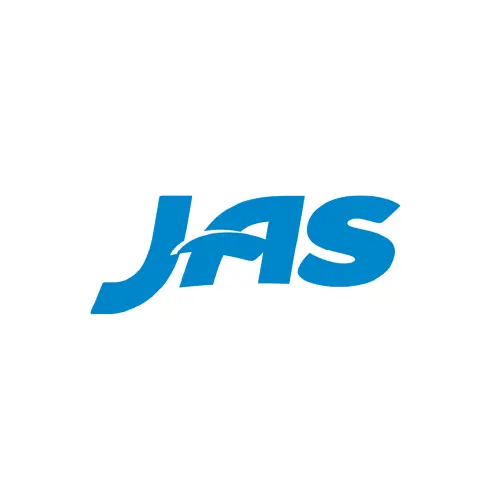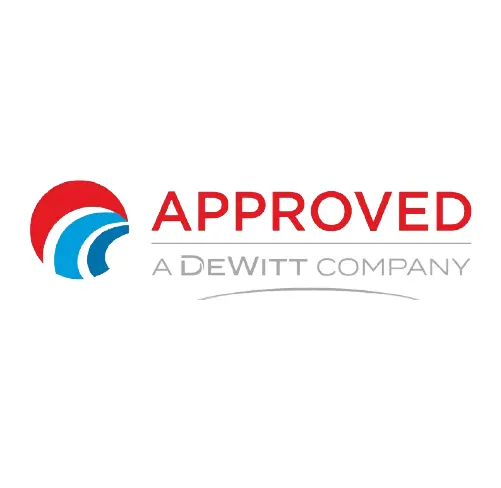Simply because we are different than our competitors. I know that is a worn-out statement, but let’s unpack this a little bit and talk about some real-world examples of how FreightSnap works with customers and then you decide.
Let’s start with Estes Express Lines. They are one of the largest national carriers in the United States. Because of their size and resources, Estes could have chosen any Dimensioner supplier they wanted. And in fact, they did a careful analysis comparing us and several competitors. FreightSnap was not the least cost solution, but we were not the most expensive either. In the beginning, Estes ran a lot of side-by-side testing of the different products, conducted interviews, talked with other peers in the industry, and did a thorough study. In the end, there were clear differences between the products, not necessarily in quality, but in architecture and size, and the end, all of the products showed well, there were stark differences between the companies. In their evaluation, Estes looked beyond the actual Dimensioners and focused on operational implementation and data. With terminals all over the United States, they needed to find a partner that could roll out a consistent product that could be dropped in with the least amount of corporate oversight. Everything from how the Dimensioners would be triggered, the information stored, and how their salespeople would access the data when talking with customers, was all planned out ahead of time. That is where we proved to be different.
Estes needed a mobile application that could also be rolled out at the same time. FreightSnap had the basic app already developed and worked with the Estes team on changes that satisfied their needs. Being a software-centric company, FreightSnap was able to tick all the boxes when it came to data and image storage, software development, and even developing a device to hold physical barcode scanners at each dimensioner.
As a further requirement, the scan data needed to be verified through the Estes corporate database platform before being made available to the sales team. Estes engineers worked closely with the FreightSnap development team to implement a seamless cloud to Estes integration path which linked billing and costing systems seamlessly with the Dimensioners. Over time, Estes deployed mobile solutions on their forklift, and the need was there for additional integration with the FreightSnap Dimensioners. Once again, the two teams joined together to implement a new integration platform to be utilized by the Estes E-Dock system.
From start to finish, Estes Express and FreightSnap formed a strong working relationship built on trust through results. Implementing a Dimensioner into their process proved to be a lot more than just dropping in a device, there was joint planning and cooperation that made it all possible. The trust that was built in the early days of the implementation is as strong today as ever. In the beginning, Estes Express could have chosen anyone, as a highly coveted national carrier, everyone was anxious to gain their business. In the end, Estes didn’t go looking for a Dimensioner supplier, they went looking for a fully integrated partner that would go the extra mile. And they found one in FreightSnap. They started with 23 Dimensioners spread out through their major break-bulks and now have a fleet of 275 Dimensioners stretching coast to coast across over 100 terminals.
With the success at Estes Express, FreightSnap has utilized the same approach to work with countless other LTL Carriers. Oak Harbor, Ward, DHE, Moran, Sutton, Roadrunner, and Custom Companies to name a few, all trust FreightSnap with their Dimensioning programs. We sign a new LTL Carrier every month.
In late 2020, Patrik Gaehwiller was tasked with the assignment of researching Dimensioners for a Pilot project at their Chicago O’Hare operation. The company had decided to try this out in Chicago first and then look at the feasibility of adding these into their network of facilities worldwide. Over 90 days, he interviewed several companies regarding their products, one of them being FreightSnap. JAS was a large enough organization to command quite a bit of attention from the various Dimensioner companies, but one of his key people had previously worked for a company that had a FreightSnap Dimensioner and he spoke highly of the product. In Patrik’s conversation with FreightSnap, he noticed a completely different approach. While most of the companies would go on and on about the features of their product, FreightSnap focused more on how the product would be integrated and offered to visit their Chicago operation to advise JAS on where units could be placed, and how the existing operation could be blended into using a Dimensioner.
Patrik was a little concerned about FreightSnap and the relatively small size of the organization when compared with JAS. After the visit though, Patrik was convinced he made the right decision to accept a visit and spend time with FreightSnap. First of all, just reviewing all of the operational considerations dealing with the flow of freight through the warehouse, the integration of their CargoWise software, and the cataloging of the freight, had armed him with valuable data and insights that he had not had previously. With so much to think about, Patrik conducted no fewer than nine meetings between members of the JAS team and FreightSnap. The process of nailing down an implementation plan took well over four months, but both sides remained patient and diligent through the journey. Once the unit was installed, FreightSnap worked diligently with the JAS team on perfecting a standard integration, developing a mobile application, and training JAS employees. The pilot lasted nearly six months, with both sides working very hard to see the project conclude.
The result was an absolute success, and JAS has decided to implement the Dimensioning process throughout the United States. It was not just a matter of dropping in machines and having them work, the JAS Pilot involved mapping out how freight would flow, developing mobile applications for handheld equipment to be utilized in the warehouse, and working with the remote JAS software development team to integrate the Dimensioning weights and data with the CargoWise warehouse and cargo billing system. The success of the Pilot was directly attributed to both sides working together toward a common goal.
Following the successful implementation at the Chicago facility, JAS has approved units for Dallas, Houston, Los Angeles, Hongkong, Shanghai, and Miami.

Approved Freight Forwarders got its start in 1991 serving the Guam market and has since expanded to Hawaii and California, serving as a key link to the Pacific and all around the world.
Entrusted with the world’s freight, we provide ocean freight consolidations, air freight, and over-the-road transport of goods and commodities. We are the only freight forwarder in Hawaii with terminals on all four major islands. And with more than 300,000 square feet of space, our warehouses can accommodate a diverse set of logistics needs.
As a Top 100 3PL provider, we accommodate all types of commodities and all sizes of freight for both business and individual clients. Our highly trained logistics experts use advanced technology to tailor shipping solutions that fit your specific requirements. Because we hand-load your freight when needed, our damage and claims rate is one of the lowest in the industry.
The challenge we faced was an increasing volume of business and the need to get accurate weights, measurements, and images of freight and then integrate them into our CargoWise system. At the time we were looking, there were no solutions that had the plug-and-play capability to integrate with CargoWise, so we had to find a company that was willing to work with us on the integration. We were utilizing a 3rd party consultant with our CargoWise implementation, and he and FreightSnap worked together through what was a difficult process to get the data from the FreightSnap Dimensioners to our CargoWise billing system.
In our situation, there was a twist. We needed a custom interface built within FreightSnap to allow us to see the expected piece counts before processing, which required a back-and-forth integration. After going through the process with FreightSnap, I can see why companies like us, without the internal expertise for this type of integration, would need a partner like FreightSnap. It took some time, but the project was successful and the Dimensioners are the key to our productivity. We went from no warehouse automation to full automation in a couple of months.
In late 2020, due to COVID-19, we saw the need for further automation of our load-out facility and dock management. Once again, we partnered with FreightSnap to build out a dock management mobile application that will increase productivity and help us scale our business due to much heavier load volumes.

At FreightSnap, we know every company faces different challenges. That’s why we work to offer specialized solutions based on your company’s individual needs and wants.
Drop us a note and one of our experts will get back to you shortly! Thank you for considering FreightSnap.